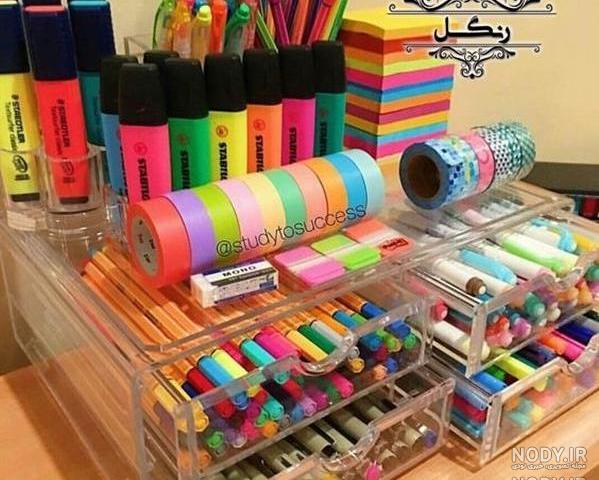
Stationery used at home or in schools differs from that used in offices. Office قیمت لوازم تحریر is primarily meant for communication, and keeping record of various financial and statistical data. This is unlike the stationery in schools, which is used to take down study notes, practice mathematical problems, painting and sketching.
Computers now offer new methods to keep office records, especially financial records. In addition, computers and the Internet collectively offer a way to communicate through electronic mails as well. But such methods are susceptible to virus attacks, hacking, or damage due to heat, or dust. Moreover, it is also easier to steal important information from a computer. This is the reason traditional methods of using paper, and pens in offices continue, though on a much lower scale. Only traditional typewriters have been completely replaced by printers and keyboards in offices.
Because information in offices is recorded and communicated on paper, most of the office stationery items revolve around paper. There are many office stationery items. The most common ones other than paper are pens, paperweights, paper trays, staplers, staples, paper clamps, hardwood pads, note pads, sticky notes, highlighters, letter openers, files, folders, pencils, crayons, sketch pens, pencil sharpeners, ruler scales, pen refills, erasers, glue and scissors. In addition to the above, offices of professionals such as architects require specific stationery, such as special type of drawing papers, architects scales, and pens for drafting. These become office stationery items for such offices.
Based on this, it may be concluded that paper is the most essential office stationery. It is also used to take photocopies of documents, and copies of correspondence that leaves the office premises. Paper covers are used to insert any such communication that needs to be sent out of the office, and such covers are also a type of office stationery.
Office cards, card holders, penholders, etc., are other office stationery items. Accounts related information is recorded on paper vouchers, which are then stapled along with relevant supporting documents and filed neatly in some files. While preparing electronic vouchers is feasible, as yet it is difficult to obtain business specific information from every vendor in electronic format. This is because different vendors may be using different accounting programs. Some may not have computerized their accounts. Because of such problems, a manual system of recording financial transactions on paper vouchers continues.
This does not mean that CDs used to record information are not office stationary. All counting or other information generated in offices should be retrievable. In addition, this information should be portable. It may have to be furnished to any tax authorities, or banks. Alternately, it may have to be furnished to auditors for verification and their report. At times staff may have to be given important information or training. Special type of pens are used on conference room boards during such training. Such items also qualify as office stationery, even though they are not used along with paper.